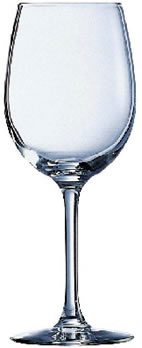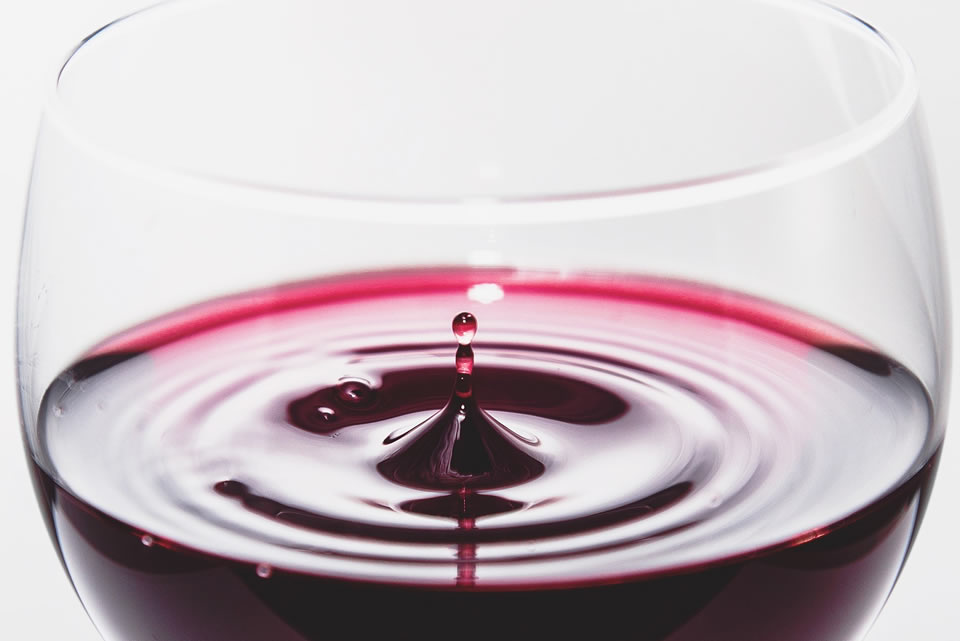The order of serving wine to guests
The general guidelines for serving wine are:
| Dry before sweet |
| White before red |
| Light before heavy |
| Young before old |
| Simple before complex |
But there is no absolute rule and often compromises have to be made. For example, a very mature but delicate wine might be best served before a younger, more powerful one. Or a substantial (i.e. more alcoholic) wine such as a dry sherry might be served at the beginning of a meal as an aperitif.
Should I let wine breathe before serving ?
There is a common belief that uncorking a bottle of red wine, and leaving it open for some time before a meal, will aerate and improve it. In fact, this is a pointless exercise. The area of wine in the neck of the bottle thus exposed to air is not big enough to make any significant difference.
If you need to soften the wine because it is too young and tannic, or if you want the bouquet to develop, then the only effective method is to pour it out into a wide-bottomed jug or decanter and leave it for a while. This aerates or ‘fast-ages’ it. The wide-bottomed, “ship’s decanter” shape is best, because it exposes the maximum amount of wine to air.
As a guideline, the younger or tougher the wine, the earlier in advance you need to decant; the older or more delicate, the less time is required.
But, do err on the side of caution. If the wine is still too tough when it is poured, it can always be opened up in the glass (by swirling), whereas if a fine old wine is left sitting too long in the decanter it can fade and die.
Do you need to decant white wine?
White wine does not usually need decanting. But, occasionally, a big full-bodied wine such as a Viognier from the northern Rhône may benefit from some aeration.
White wine can sometimes have a deposit of tartrate crystals. This looks like rock salt in the bottom of the bottle! It is perfectly harmless, but it may worry your guests, so you might want to decant.
Best serving temperatures for red and white wine
White wine serving temperature
- White wine should be chilled, but don’t serve it too cold! Why not? Because the flavour and bouquet will be suppressed.
- Straight from the fridge is too cold for most white wine, except sparkling and dessert.
- Dry white is best served at around 10°C, so ideally you should take it out of the fridge about 20 minutes before serving.
- Full-bodied white, oaked Chardonnay for example, is best at around 12°C, so take it out about 30 minutes beforehand.
Red wine serving temperature
- Red wine should be served at ‘room temperature’ (roughly 20°C). But don’t serve it too warm! Why not? Because, at around 22°C red wine starts to fall apart and will taste “soupy”.
- So, if you keep your central heating turned up high, you may need to chill a red wine before serving. Likewise in summertime when, even in the U.K., temperatures can go well above 22°C.
- Light reds, such as many from the Loire Valley or Beaujolais, taste much better when chilled to 15°C.
Best glasses for serving wine
 The ideal glass for tasting or drinking wine is:
The ideal glass for tasting or drinking wine is:
- Clear
- Plain
- Uncut
- Tulip-shaped
The best example of this is the ISO (International Standards Organisation) tasting glass. It is fairly widely available from wine shops and department stores or from The Wine Education Service. If you feel you want something more glamorous for the dinner-table, there are excellent, wine-friendly ranges of glass-ware, by Schott and Riedel, available in department stores.
If you'd like to discover more about wine, join us on one of our Good Wine Tours relaxed and informal wine breaks. They suit beginners to experienced. We also offer short courses and tastings through our Wine Education Service.
Share this Post



